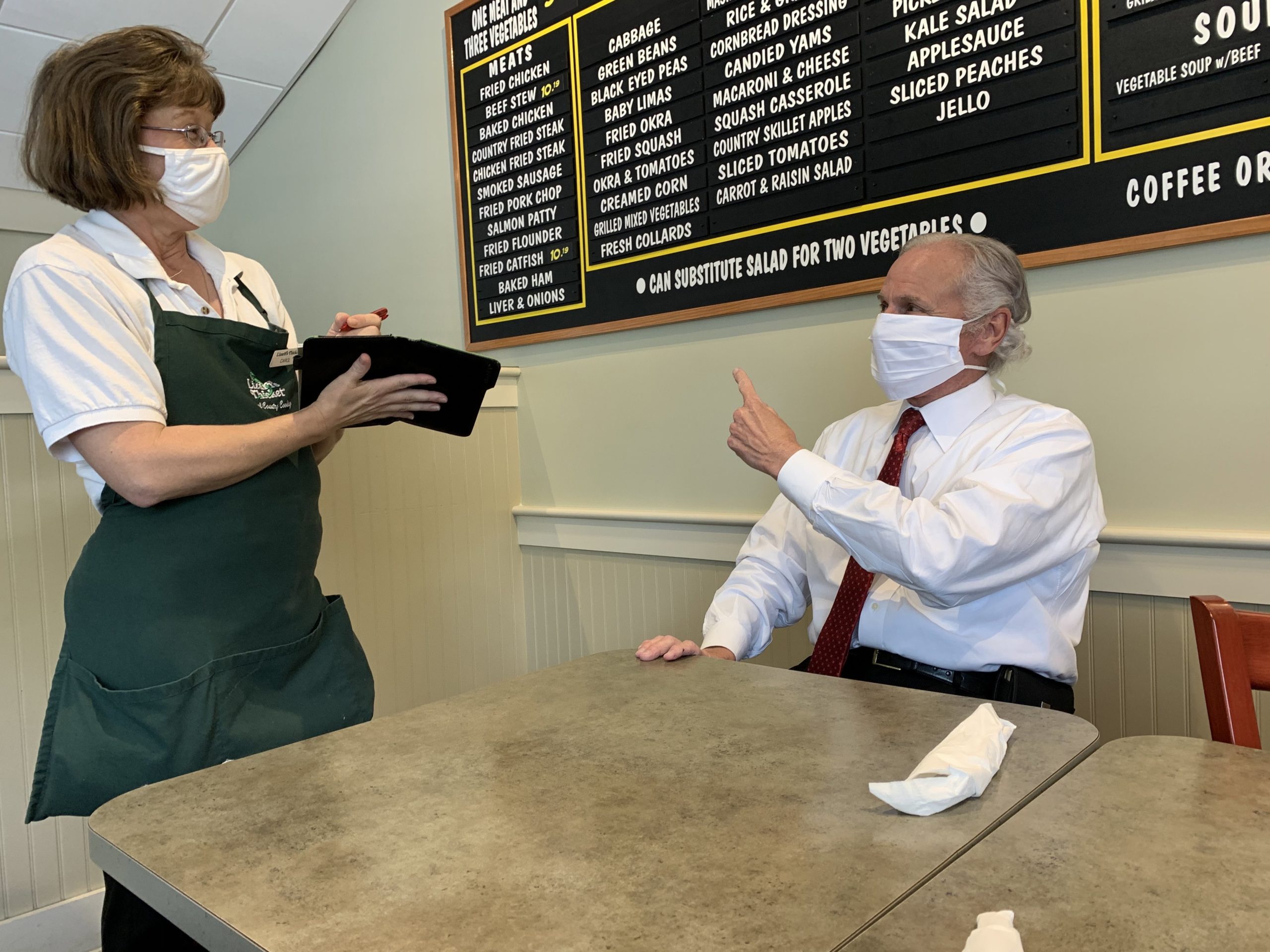As SC COVID-19 Cases And Hospitalizations Surge, McMaster Announces Restaurant Sticker Program
Facing mounting pressure to confront the recent spike in COVID-19 cases and hospitalizations across You must Subscribe or log in to read the rest of this content.
Facing mounting pressure to confront the recent spike in COVID-19 cases and hospitalizations across
